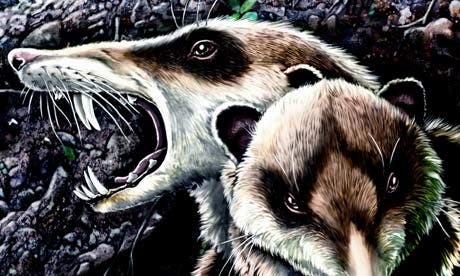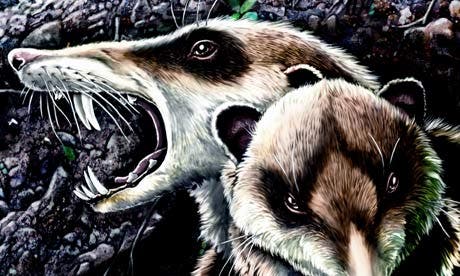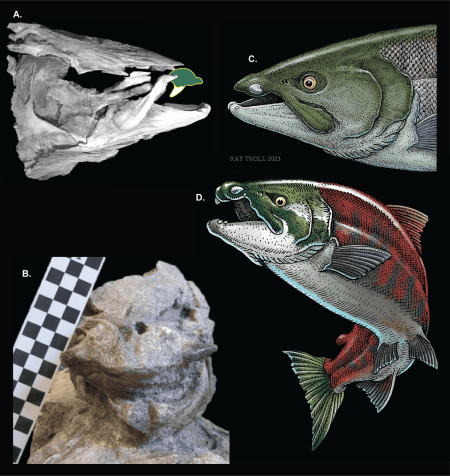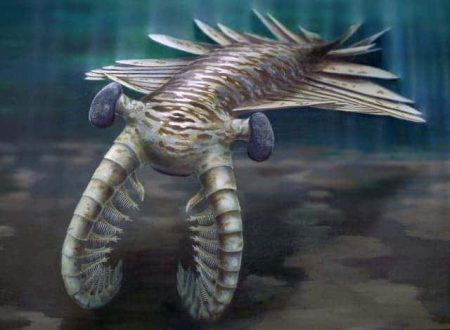A recent discovery of an extinct mammal called Cronopia promises to help scientists trace the ascent and spread of mammals.

Even though it looks rather taken from a cartoon than from reality, Cronopio dentiacutus was the real deal. It had a long snout, huge sharp canines, and a powerful set of jaw muscles to bite and chew its prey.
The animal lived 94 million years ago, well into the age of the dinosaurs, in today’s South America, and it had quite a lot of competition in the fight for survival. Its fossilized remains were found in Patagonia by a team of researchers led by Guillermo Rougier of the University of Louisville; the results were published in Nature.
The finding is extremely important because mammal fossils from the age of the dinosaurs are extremely rare, and they yield valuable information. Even when they are found – it is usually just jaws or some scattered bones; full skeletons are indeed extremely rare.
“Our knowledge of the first two-thirds of mammalian evolution, which extends from the first record of a mammal about 220m years ago to the end of the Cretaceous period 65.5m years ago, is therefore terribly incomplete,” wrote De Muizon.









